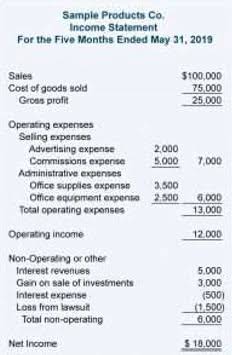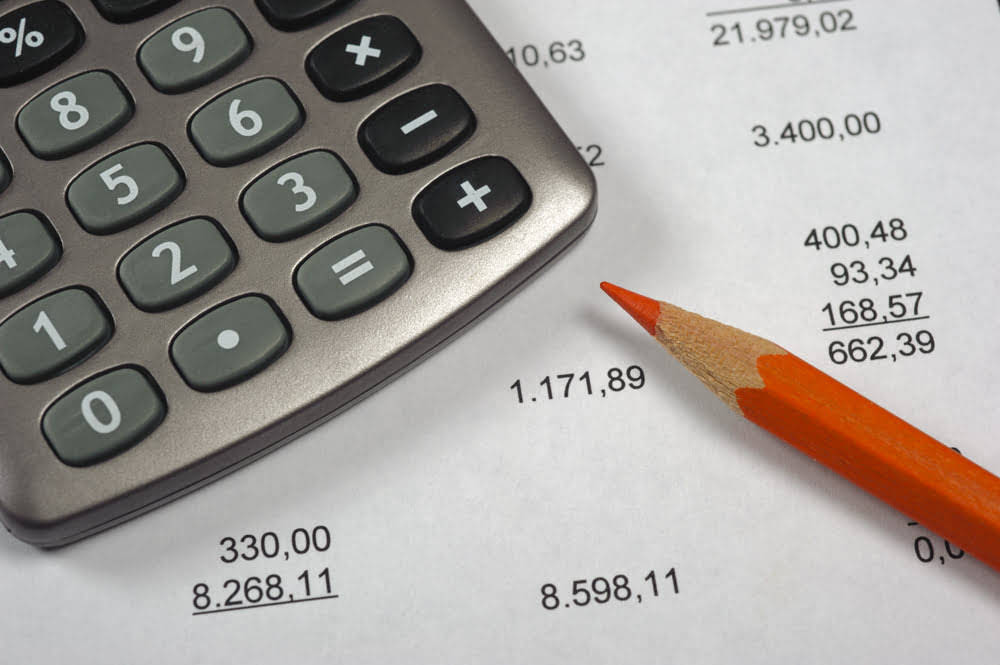
As a result, while both ideas are related to a cost shift, marginal cost relates to both a rise and a decrease in production. Let’s say, as an example, that a company is considering increasing its production of goods but needs to understand the incremental costs involved. Below are the current production levels, as well as the added costs of the additional units. Determine the total cost of normal production and then compute what the total cost will be if one or more additional units are produced. Complete the calculation by taking the difference between the two figures and applying the incremental cost per unit formula. The formula is the difference in total cost divided by the number of additional units produced.
Incremental Costs Vs Margin Costs
This means the $20,000 additional cost will produce 5,000 extra units on your product line. The “incremental” aspect of incremental cost of capital refers to how a company’s balance sheet is effected by issuing additional equity and debt. With each new issuance of debt a company may see its borrowing costs increase as seen it the coupon it has to pay investors to buy its debt. The coupon is a reflection of a company’s creditworthiness (or risk) as well as market conditions.

Harnessing the Power of Incremental Cost for Effective Decision Making
Therefore, the cost to produce the special order is $200 per item ($125 + $50 + $25). Each organization determines costs differently based on its overhead cost structure. The separation of fixed and variable costs, as well as the assessment of raw material and labor costs, varies by organization. Incremental costs are relevant in making short-term decisions or choosing between two alternatives, such as whether to accept a special order.

Example of Incremental Analysis
Non-relevant, sunk costs are expenses that already have been incurred. Because the sunk costs are present regardless of any opportunity or related decision, they are not included in incremental analysis. Assuming a manufacturing company, ABC Ltd. has a production unit where the cost incurred in making 100 units of a product X is ₹ 2,000. A notable example is the long-run incremental cost of lithium, nickel, cobalt, trial balance and graphite as important raw materials for creating electric vehicles. If the long-run estimated cost of raw materials rises, electric car prices will most likely rise in the future.

What Is the Benefit of Incremental Analysis?

By considering both costs and benefits, organizations can make informed choices that align with their objectives. Remember, the devil is in the details, and incremental analysis helps uncover those hidden insights. From a managerial perspective, incremental costing provides valuable insights into the https://www.bookstime.com/ cost-effectiveness of different options. It helps businesses identify the additional costs incurred and the corresponding benefits gained by choosing one option over another.
- Also called marginal analysis, the relevant cost approach, or differential analysis, incremental analysis disregards any sunk cost (past cost).
- In other words, incremental costs are solely dependent on production volume.
- You calculate your incremental cost by multiplying the number of smartphone units by the production cost per smartphone unit.
- To give you an idea of how knowing your incremental and marginal cost leads to better financial planning, let’s get back to the shirt business example.
- By mastering incremental cost concepts, organizations can make informed choices that drive success.
- Whether you’re optimizing production, pricing, or investment, understanding incremental cost is your compass in the sea of choices.

A revenue and expense analysis from production, defined by incremental cost, will save you a lot of financial troubles. The tobacco business has seen the significant benefits of the economies of scale in Case 3. The incremental cost was kept lower at $70,000 while producing twice its production capacity, leading to a higher net income. As seen in incremental cost Case 2, incremental cost increased significantly by $55,000 to produce 5,000 more units of tobacco.